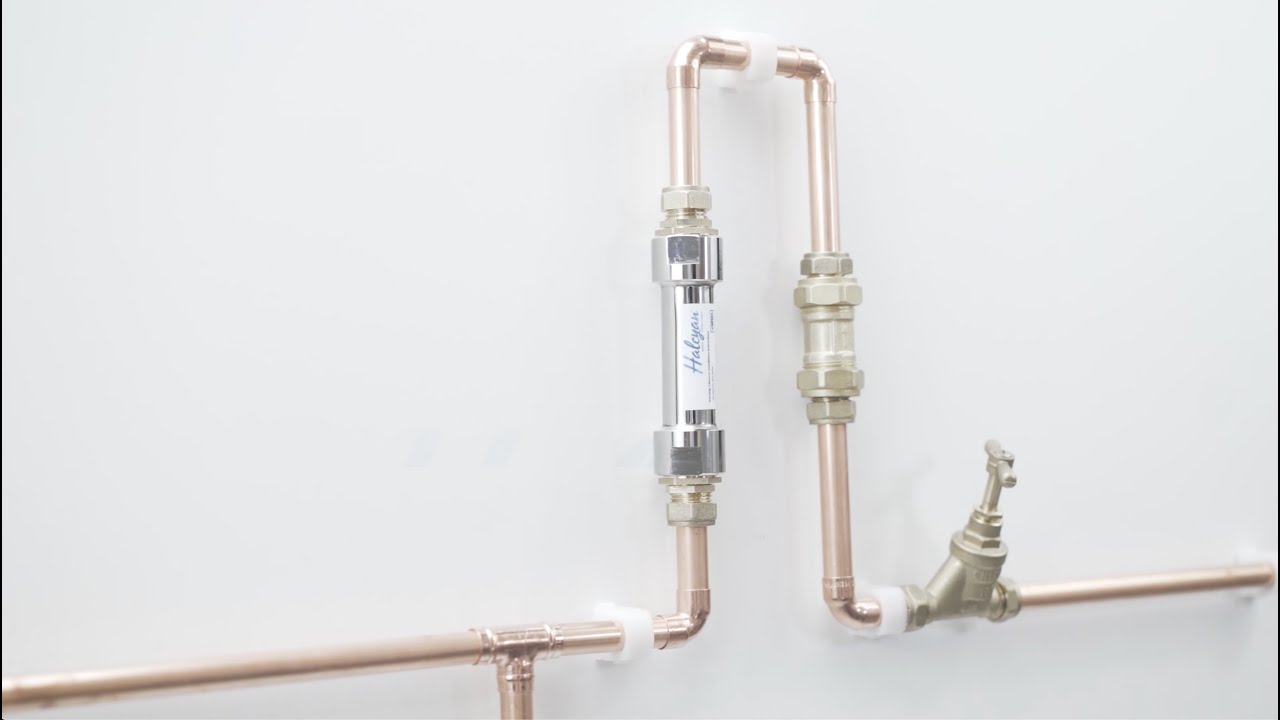Key Takeaways:
- A running maintenance plan is crucial for runners to enhance performance, prevent injuries, and maintain overall physical health.
- Benefits of implementing a running maintenance plan include injury prevention, improved performance, and longevity in running.
- Common mistakes to avoid in running maintenance include overtraining, neglecting strength training, and skipping warm-ups and cool-downs.
- An effective running maintenance routine involves customizing it according to fitness level, incorporating key components, and prioritizing stretching and mobility exercises.
- Preventing and managing common running injuries is important and can be achieved through early identification, strengthening exercises, and safe resumption of running after injury.
- Nutrition and hydration are crucial for optimal running performance, with a focus on fueling the body for long-distance runs and staying properly hydrated.
- Incorporating recovery foods in the running maintenance plan aids in muscle repair and energy replenishment.
1. Understanding the Importance of a Running Maintenance Plan
A running maintenance plan is crucial for runners to ensure they can perform at their best and avoid injuries. By implementing a structured maintenance routine, runners can enhance their performance, prevent common running injuries, and maintain overall physical health. Let’s explore why a maintenance plan is crucial for runners, the benefits it offers, and how to avoid common mistakes.
1.1 Why a Maintenance Plan is Crucial for Runners
A maintenance plan is crucial for runners because it helps in several ways:
- Reducing the risk of injuries: By incorporating regular maintenance activities, runners can target weak areas, improve muscle imbalances, and address any underlying issues before they lead to serious injuries.
- Improving performance: A well-rounded maintenance plan helps improve strength, flexibility, and mobility, which are essential for optimal running performance. By focusing on these aspects, runners can enhance their speed, endurance, and efficiency.
- Enhancing recovery: Proper maintenance techniques aid in muscle recovery, reducing soreness and promoting faster healing after intense workouts or races. This allows runners to bounce back quicker and continue training effectively.
1.2 The Benefits of Implementing a Running Maintenance Plan
Implementing a running maintenance plan offers several benefits:
- Injury prevention: Regular maintenance activities such as stretching, strength training, and mobility exercises help reduce the risk of common running injuries, such as IT band syndrome, Achilles tendinitis, and plantar fasciitis.
- Improved performance: By incorporating specific exercises and techniques tailored to individual needs, runners can improve their running economy, stride mechanics, and overall performance.
- Longevity in running: A well-maintained body is less prone to injuries, allowing runners to continue participating in the sport for years to come.
1.3 Avoiding Common Mistakes in Running Maintenance
When developing a running maintenance plan, it’s essential to avoid common mistakes that can hinder progress or lead to injuries:
- Overtraining: Pushing too hard without proper rest and recovery can increase the risk of overuse injuries, fatigue, and burnout. It’s crucial to find the right balance between training and rest.
- Neglecting strength training: Many runners focus solely on running and neglect strength training, which is essential for injury prevention and improved performance. Incorporating strength exercises into your maintenance plan is crucial.
- Skipping warm-ups and cool-downs: Neglecting warm-up exercises before a run and cool-down activities post-run can increase the risk of injuries. Always allocate time for these essential activities.
2. Creating an Effective Running Maintenance Routine
Creating an effective running maintenance routine involves customizing it according to your fitness level, incorporating key components, and giving importance to stretching and mobility exercises. Let’s delve into the details:
2.1 Customizing a Maintenance Routine for Your Fitness Level
When developing a maintenance routine, it’s essential to consider your fitness level and individual needs. Beginners should focus on building a strong foundation by gradually increasing mileage, incorporating strength training, and flexibility exercises. Intermediate and advanced runners can include more intense workouts, targeted strength exercises, and advanced mobility drills suitable for their specific goals.
2.2 Key Components of a Well-rounded Running Maintenance Plan
A well-rounded running maintenance plan should include the following key components:
- Strength training: Incorporate strength exercises targeting major muscle groups such as the core, hips, glutes, legs, and upper body. This helps build strength, stability, and balance, reducing the risk of injuries.
- Flexibility and mobility: Stretching exercises, yoga, and mobility drills help improve flexibility and range of motion, allowing for better running form and reducing muscle imbalances.
- Rest and recovery: Allocate regular rest days in your maintenance plan to allow your body to recover and adapt to training stress. Adequate sleep, nutrition, and self-care practices are also crucial for proper recovery.
- Cross-training: Include activities like swimming, cycling, or strength-focused cross-training to improve cardiovascular fitness, engage different muscle groups, and prevent overuse injuries.
2.3 Incorporating Stretching and Mobility Exercises
Stretching and mobility exercises are essential components of a running maintenance routine. They aid in flexibility, prevent muscle imbalances, and improve running mechanics. Consider the following tips:
- Dynamic warm-up: Perform dynamic stretching exercises such as leg swings, walking lunges, and trunk rotations before a run to warm up the muscles and elevate your heart rate.
- Static stretching: After a run, incorporate static stretches, holding each stretch for 20-30 seconds, targeting major muscle groups like hamstrings, calves, quadriceps, and hip flexors.
- Mobility drills: Include exercises that focus on joint mobility, such as hip circles, ankle rolls, and shoulder rotations. These drills help improve range of motion and enhance running efficiency.
3. Preventing and Managing Common Running Injuries
Preventing and managing common running injuries should be a part of every runner’s maintenance plan. Here’s what you need to know:
3.1 Identifying and Addressing Early Signs of Overuse Injuries
Overuse injuries are common among runners and can be caused by factors such as increasing mileage too quickly, improper footwear, or running on hard surfaces. It’s important to identify early signs of overuse injuries like persistent pain, inflammation, or reduced performance. If you experience any of these symptoms, it’s crucial to address them promptly with rest, ice, compression, and elevation (RICE) and by seeking professional medical advice.
3.2 Strengthening Exercises to Prevent Common Running Injuries
Strengthening exercises can help prevent common running injuries by targeting weak areas and improving overall muscular strength and stability. Consider incorporating the following exercises into your maintenance routine:
- Single-leg squats: Strengthen the muscles around the hips, glutes, and quadriceps, improving stability and balance.
- Calf raises: Strengthen the calves to prevent shin splints and Achilles tendon issues.
- Clamshells: Target the gluteus medius, which helps stabilize the hips and prevent knee and IT band issues.
3.3 How to Safely Resume Running After an Injury
After recovering from a running-related injury, it’s important to ease back into running gradually to avoid re-injury. Follow these guidelines:
- Consult with a healthcare professional: Get clearance from a healthcare professional before resuming running after an injury.
- Start with walk-run intervals: Begin by alternating between walking and running to gradually build up your running endurance.
- Monitor for any discomfort: Pay attention to your body and any signs of discomfort or pain. If you experience any issues, scale back your running routine and continue with rehab exercises.
4. Nutrition and Hydration for Optimal Running Performance
Nutrition and hydration play a crucial role in maintaining optimal running performance. Here’s what you need to know:
4.1 Fueling Your Body for Long-distance Runs
Proper nutrition is essential for fueling long-distance runs. Consider these tips for fueling your body:
- Carbohydrates: Consume a balanced diet rich in carbohydrates as they provide the primary source of fuel for endurance running. Include whole grains, fruits, vegetables, and legumes in your diet.
- Protein: Incorporate adequate protein to support muscle repair and recovery. Sources include lean meats, fish, dairy, eggs, and plant-based protein options.
- Hydration: Drink plenty of fluids before, during, and after your runs to maintain proper hydration. Water, sports drinks, and electrolyte-rich beverages can help replenish lost fluids and essential minerals.
4.2 Hydration Tips to Stay Motivated and Prevent Fatigue
Staying hydrated is crucial for maintaining energy levels, preventing fatigue, and improving overall performance. Follow these hydration tips:
- Pre-run hydration: Drink fluids before your run to ensure you start adequately hydrated.
- During-run hydration: Consume fluids during your runs, especially for longer distances. Carry a handheld water bottle, use hydration belts, or plan your routes near water sources.
- Post-run hydration: Replenish lost fluids and electrolytes after your run to aid in recovery and rehydration. Include water, sports drinks, or recovery beverages in your post-run routine.
4.3 Incorporating Recovery Foods in Your Running Maintenance Plan
Recovery foods play a significant role in repairing muscles and replenishing energy stores. Consider incorporating these recovery foods into your maintenance plan:
- Protein-rich foods: Include lean meats, poultry, fish, dairy products, nuts, and legumes to help repair and rebuild muscles.
- Complex carbohydrates: Consume whole grains, fruits, vegetables, and legumes to replenish glycogen stores and provide sustained energy.
- Anti-inflammatory foods: Incorporate foods with anti-inflammatory properties, such as fatty fish, berries, leafy greens, and turmeric, to aid in reducing inflammation and promoting recovery.
By following a comprehensive running maintenance plan that includes proper nutrition, hydration, strength training, and injury prevention strategies, runners can elevate their performance and stay healthy for the long run. Remember to customize your maintenance routine according to your fitness level, listen to your body, and seek professional guidance when needed. Happy running!
FAQ
Question: What is a running maintenance plan? – A running maintenance plan is a structured routine that helps runners enhance their performance, prevent injuries, and maintain overall physical health.
Question: Why is a running maintenance plan crucial for runners? – A running maintenance plan is crucial for runners because it reduces the risk of injuries, improves performance, and enhances recovery after intense workouts or races.
Question: What are the benefits of implementing a running maintenance plan? – Implementing a running maintenance plan offers benefits such as injury prevention, improved performance, and longevity in running.
Question: What are the common mistakes to avoid in running maintenance? – Common mistakes to avoid in running maintenance include overtraining, neglecting strength training, and skipping warm-ups and cool-downs.
Question: How can I customize a maintenance routine for my fitness level? – Beginners should focus on building a strong foundation gradually, while intermediate and advanced runners can include more intense workouts and targeted exercises suitable for their goals.
Question: What are the key components of a well-rounded running maintenance plan? – A well-rounded running maintenance plan should include strength training, flexibility and mobility exercises, rest and recovery, and cross-training activities.
Question: How can I prevent and manage common running injuries? – Early identification, strengthening exercises, and safe resumption of running after injury are important for preventing and managing common running injuries.
Question: How does nutrition and hydration impact running performance? – Proper nutrition and hydration are crucial for optimal running performance, with a focus on fueling the body for long-distance runs and staying properly hydrated. Incorporating recovery foods aids in muscle repair and energy replenishment.
Useful Resources:





